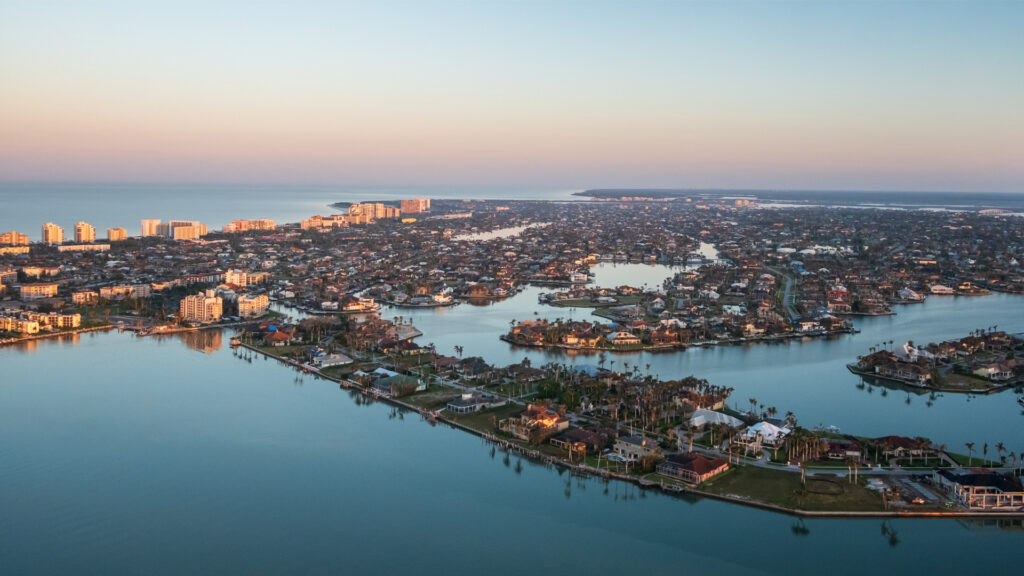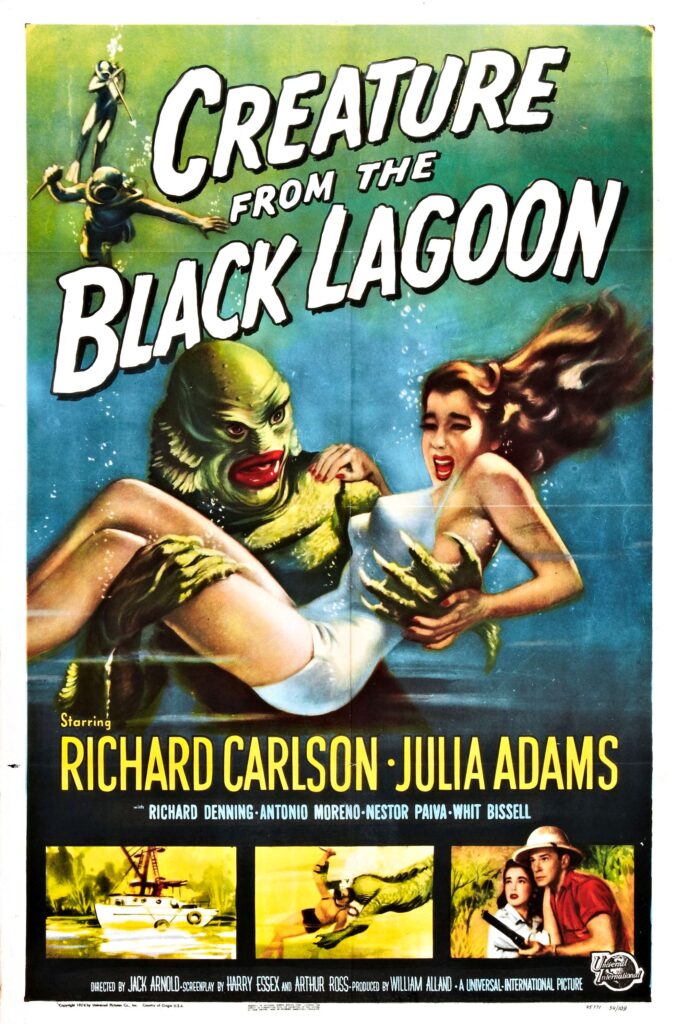This essay was written as part of a Ph.D. seminar called “Theorizing Infrastructure” for Florida Atlantic University’s graduate program in comparative studies. An overview of the course by professor Stacey Balkan and other essays from students can be found here.
By Alex Banks
The following story was inspired by a focused assessment of the water quality in Marco Island, Florida. Works such as Marjory Stoneman Douglas’s “Everglades: River of Grass” and Anna Vemer Andrzejewski’s “Selling Sunshine” helped to piece together the history of destruction and development in Marco Island. Recent Coastal Breeze News articles help to document the current disastrous state of the region’s water quality and the political debate over potential solutions.
Despite this history of destruction, development and recent political debate, it seems that the powerful of South Florida lack a certain level of imagination to explore alternative strategies. A science fiction story such as the one presented here can help to inspire these more imaginative strategies.

In my early 20s, I invented time travel to save Marco Island. At first, I attempted to use my time machine to visit with the Mackle Brothers, a trio who worked to develop the region into both a permanent residential area and a vacation destination in the 1950s and ’60s. They couldn’t be bothered to listen to me. Then, I decided to go further back to visit Frank Hamilton Cushing and his team of archaeologists in the midst of their first exploration of the region at the end of the 19th century. Unfortunately, I was unable to change the course of history in either case.
How could I change the way mankind fundamentally thought about Marco Island as a rich location for settlement? I planned a trip to go even further back to visit with Indigenous communities. Their stories would influence and terrify would-be settlers, at which point I would appear again, to confirm their fears. This mythmaking process would repeat until we arrived at a 21st century Marco Island with the purest water quality, and the starkest contrast between my new future and my old one.
But what radical strategy could I use to first terrify, and then awe these different generations and cultures? When I was in school, we watched a terrible horror film, “The Creature from the Black Lagoon.” Reflecting on this film, I found my mascot, my inspiration. It was not easy to find a “realistic” recreation of the Gill-man creature costume from the film, nor was it cheap.

After acquiring the costume, I then studied the environmental disasters and weather events in the region for the past two centuries. My study of these moments reminded me of another film, “Back to the Future Part II,” in which one of the characters takes a sports almanac from the future into the past to make a fortune by betting on games that he already knew the outcomes to. I was borrowing this strategy, but with my knowledge of hurricane dates and trivia.
I made several trips to various points in time to instill a sense of fear and awe in those who dared think about settling on or around Marco Island. They began to tell stories of the “Creature from Marco Island.” I had to avoid the fate of my mascot’s origin. In the film, the protagonists saw him/it as a threat, and they poisoned the lagoon to eliminate this threat. I had to use my knowledge of impending hurricanes and floods to demonstrate my iteration’s potential to protect people. In essence, I turned the Creature from the Black Lagoon, this horrifying monster, into a superhero.
I was thrilled to see other communities in South Florida take inspiration from my seemingly amphibious and miraculously mobile lifestyle. Permanent communities gave way to more mobile and nomadic ones, thereby reducing the excessive amounts of waste in one place at any given time. The congested accumulation of waste was the root of so many problems back in my primary timeline.
When anyone in this new timeline began to overstay their welcome, all it would take was one visit from “the Creature” to remind them about the careful balance that must be maintained. Eventually, a South Florida city or neighborhood was something more like a renewable-energy-powered hub of amphibious vehicles.
I have tried to document this parallel world’s lifestyle so as to demonstrate its efficacy to those from my primary timeline. Despite my best efforts, it will still be a long while before the powerful of the primary timeline are comfortable embracing such a radical lifestyle shift, but for now, at least I have the peace and prosperity of my parallel world to visit whenever I would like.
Banner image: A still from the “Creature from the Black Lagoon” (Florida Memory, Public domain, via Wikimedia Commons).
Sign up for The Invading Sea newsletter by visiting here. To support The Invading Sea, click here to make a donation. If you are interested in submitting an opinion piece to The Invading Sea, email Editor Nathan Crabbe at nc*****@*au.edu.



